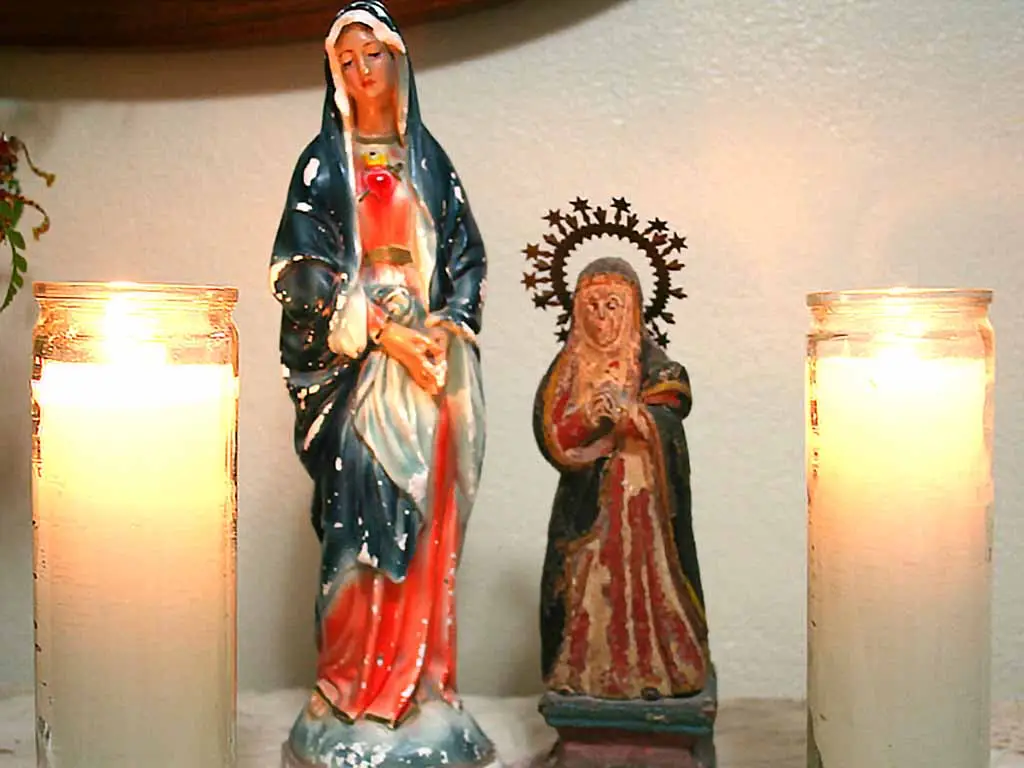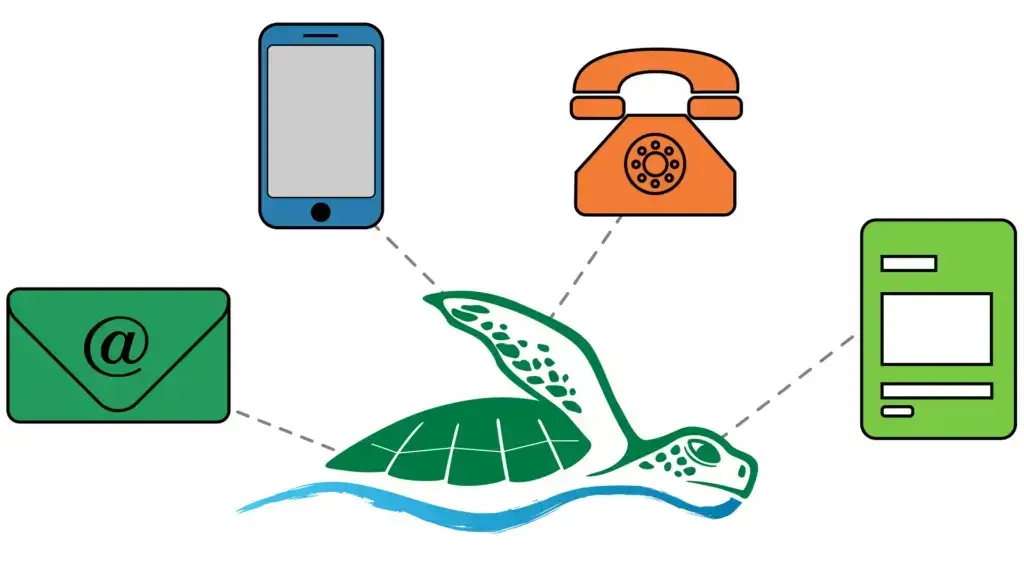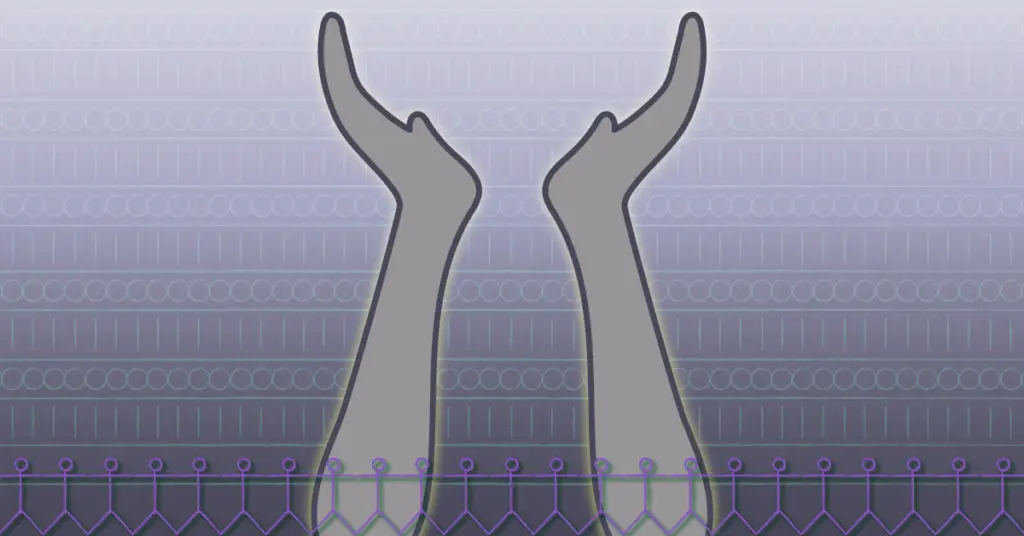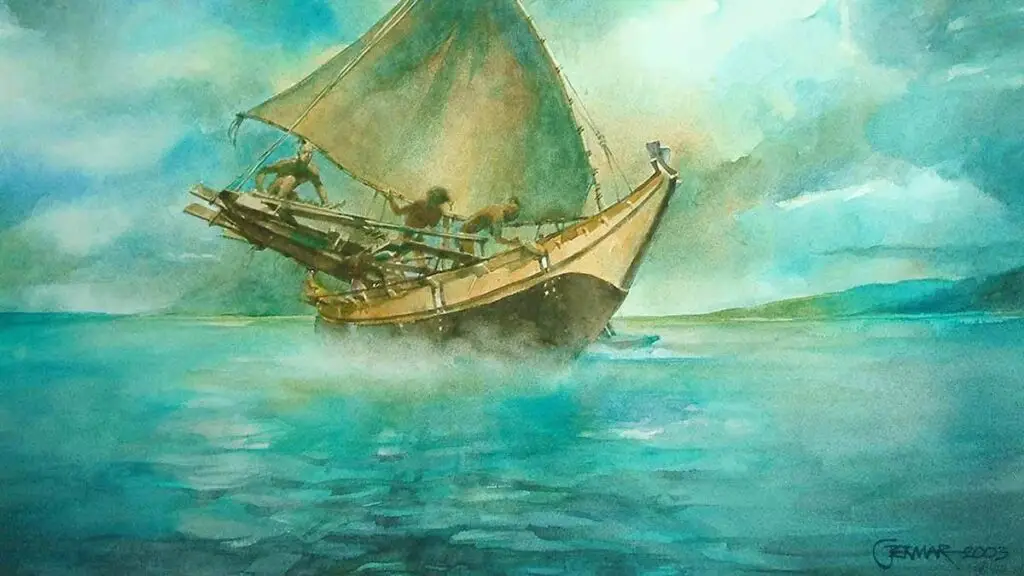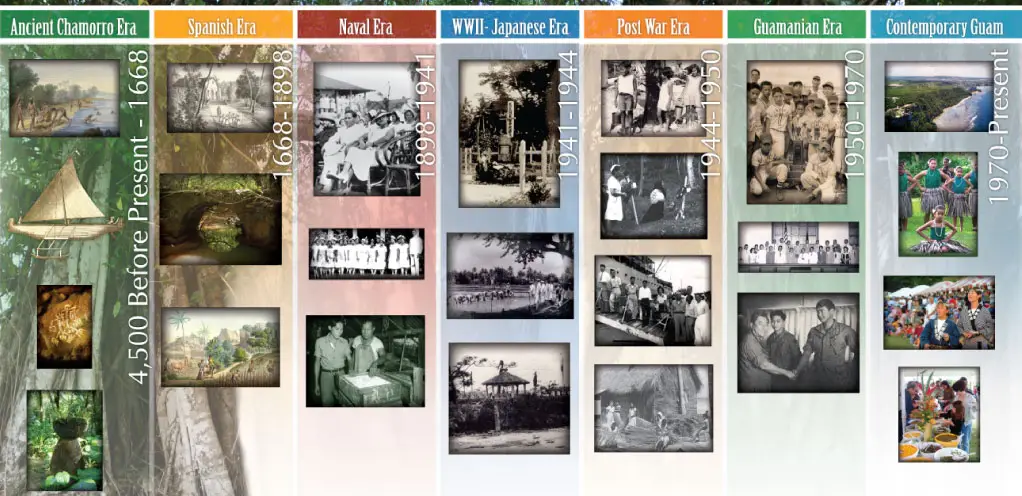Nobena: Novena (Catholic Devotional Prayers)
Nobena: Novena (Catholic Devotional Prayers) Table of Contents Share This Nine day rosary and devotional prayers The nobena, or novena, is a series of devotional prayers said over the course…
Nobena: Novena (Catholic Devotional Prayers) Read Post »

